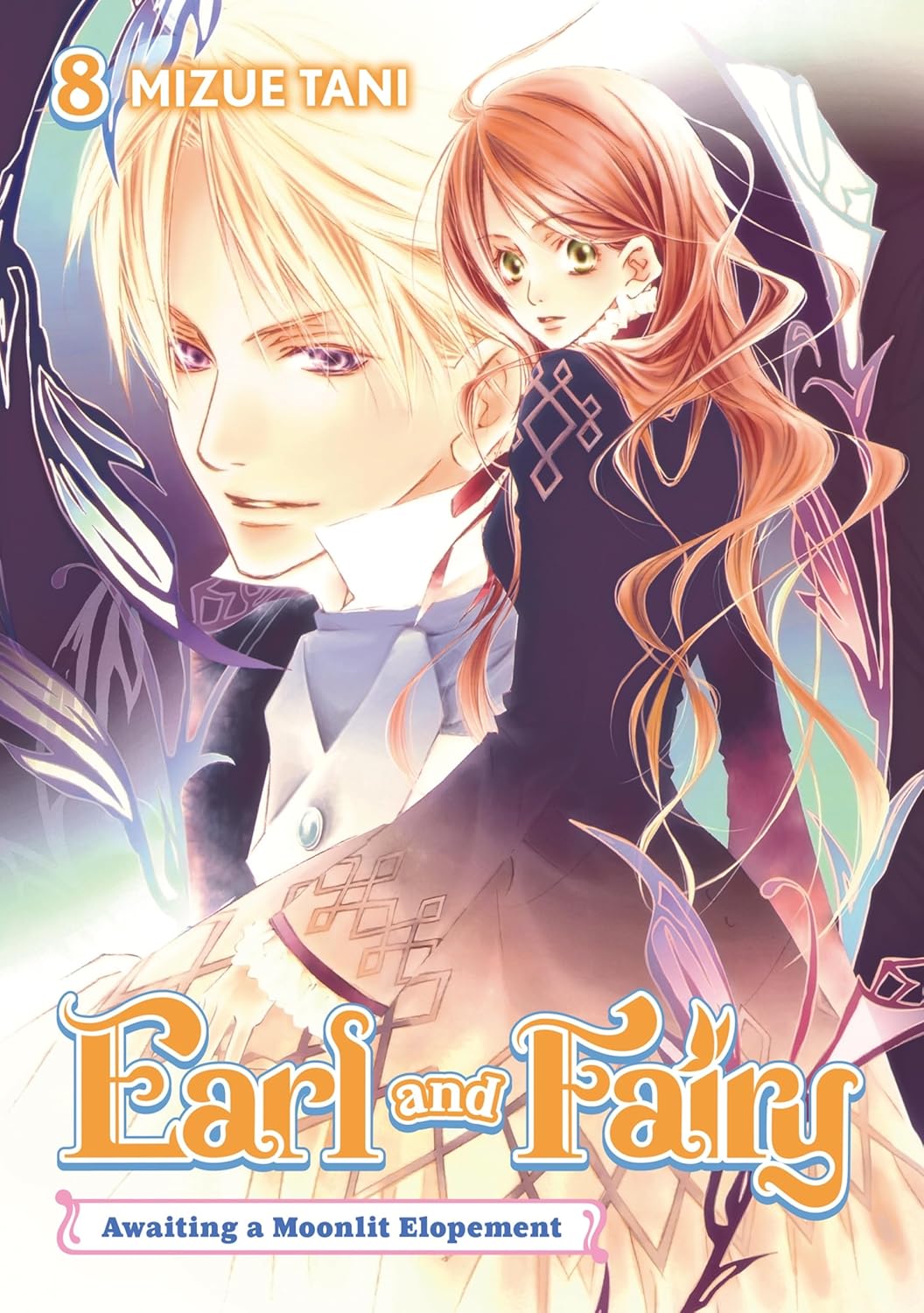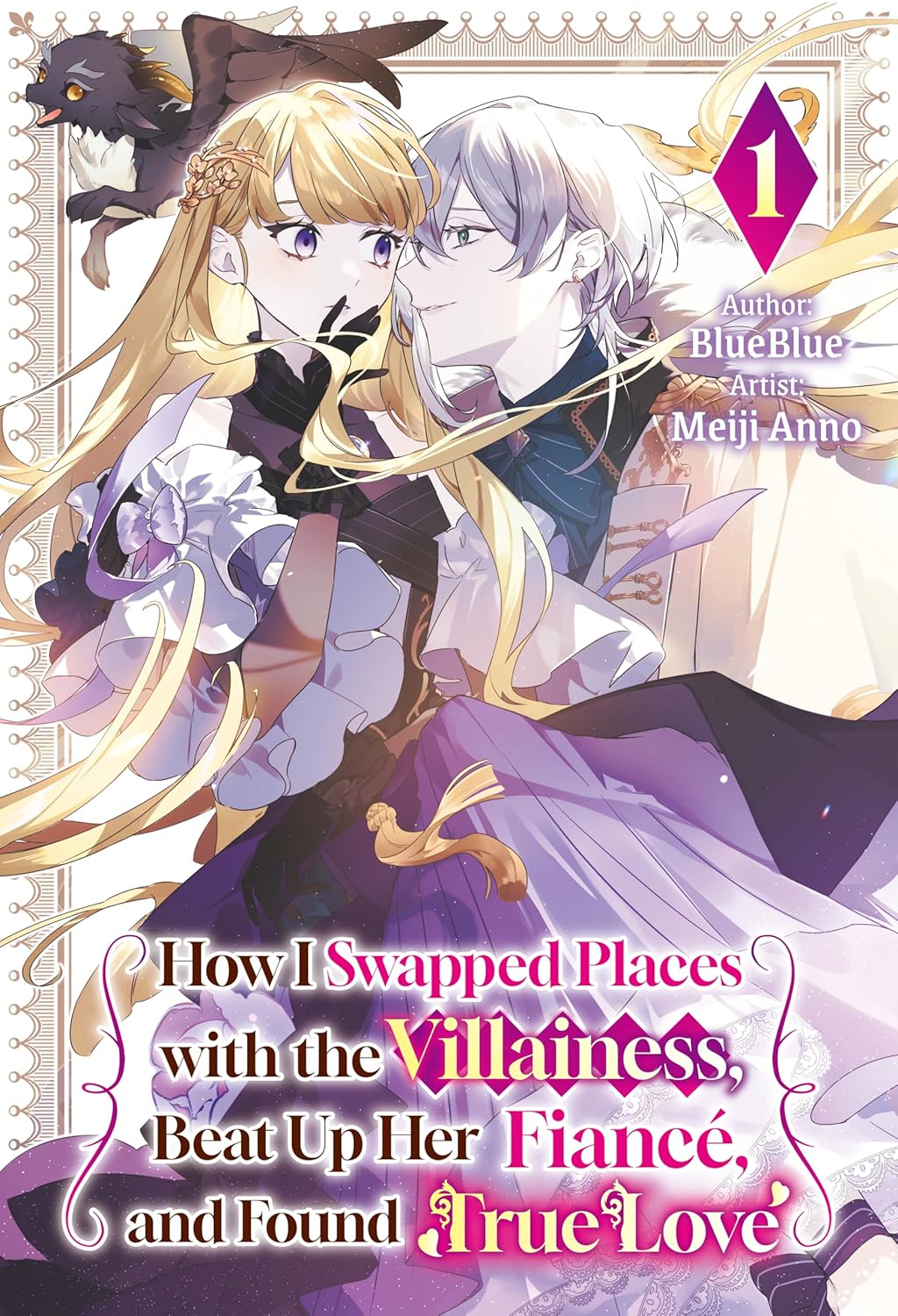By Toryuu and hamm. Released in Japan as “Kimo Ota Mob Yōhei wa, Mi no Hodo o Wakimaeru” by Overlap Novels. Released in North America by J-Novel Club. Translated by Josh DM.
Sometimes you don’t need everything to be new. Sure, we love it when there’s a groundbreaking work that creates a new template going forward, but sometimes all you need is a different ingredient to make everything not quite stay the same. There have been other light novels that are set in space, of course, but those are irrelevant to me as I don’t read those. I did give this a try, though, as part of my “every once in a while I’ll try something I wouldn’t normally read” pick. And it’s good. Not great, not something I’d recommend. But it reads easily, the main characters are likeable (they may be the only likeable characters in this fictional world), and the fact that it’s in space helps to cover up the fact that this is basically a standard fantasy guild adventurer book, only with spaceships and lasers rather than dungeons and monsters. And then there’s the hero, who… well, despite what he says, we’ve seen his type before.
John Ouzos is a mercenary for hire, doing such jobs as security for a repair job, trying to stamp out space pirates, and occasionally getting involved in a war between rival nobles. He tends to stay out of flashy situations, do his job, and not get killed. He is a commoner, and knows that in this world that is trying to become more equal but isn’t yet, this is just the right thing for him to do. Unfortunately, not everyone agrees. Another mercenary pilot is furious that he’s hiding his true talents and being “lazy”. A sentient spaceship is determined to get him to pilot her so that she can be rid of her current immature pilot. And his old classmate is now a famous professional racer, and wants him to join her team. They all know what he won’t admit – he’s one of the very best.
Again, this hits its beats pretty well. As you can tell from the cover, it has a thing for breasts (and, as future covers will show, butts as well), but honestly I’ve seen worse. There was a very odd paragraph describing two arrogant noble siblings as “anti-men feminists” that made me growl a bit, but it went away almost as fast and the POV character was not to be trusted either. And of course, if you don’t like the sort of protagonist who will do anything to avoid being part of an exciting story, this isn’t for you by definition. But I liked how, the more you get to know the world John lives in (mostly through his endless exposition, which wasn’t too boring so I’ll let it slide), you realize that his plan to stay unnoticed is pretty smart. That said, even in his past he tended to get into death-defying situations, and that hasn’t changed. He may think he’s an NPC, and he’s certainly surrounded by evil nobles, but the hot girls around him know his true value.
Yeah, that’s right, it really is a stock light novel, but in space. I expect more harem next time. But till then, if you want to enjoy a standard LN that doesn’t require you to know how to cast from hit points, this is good.


